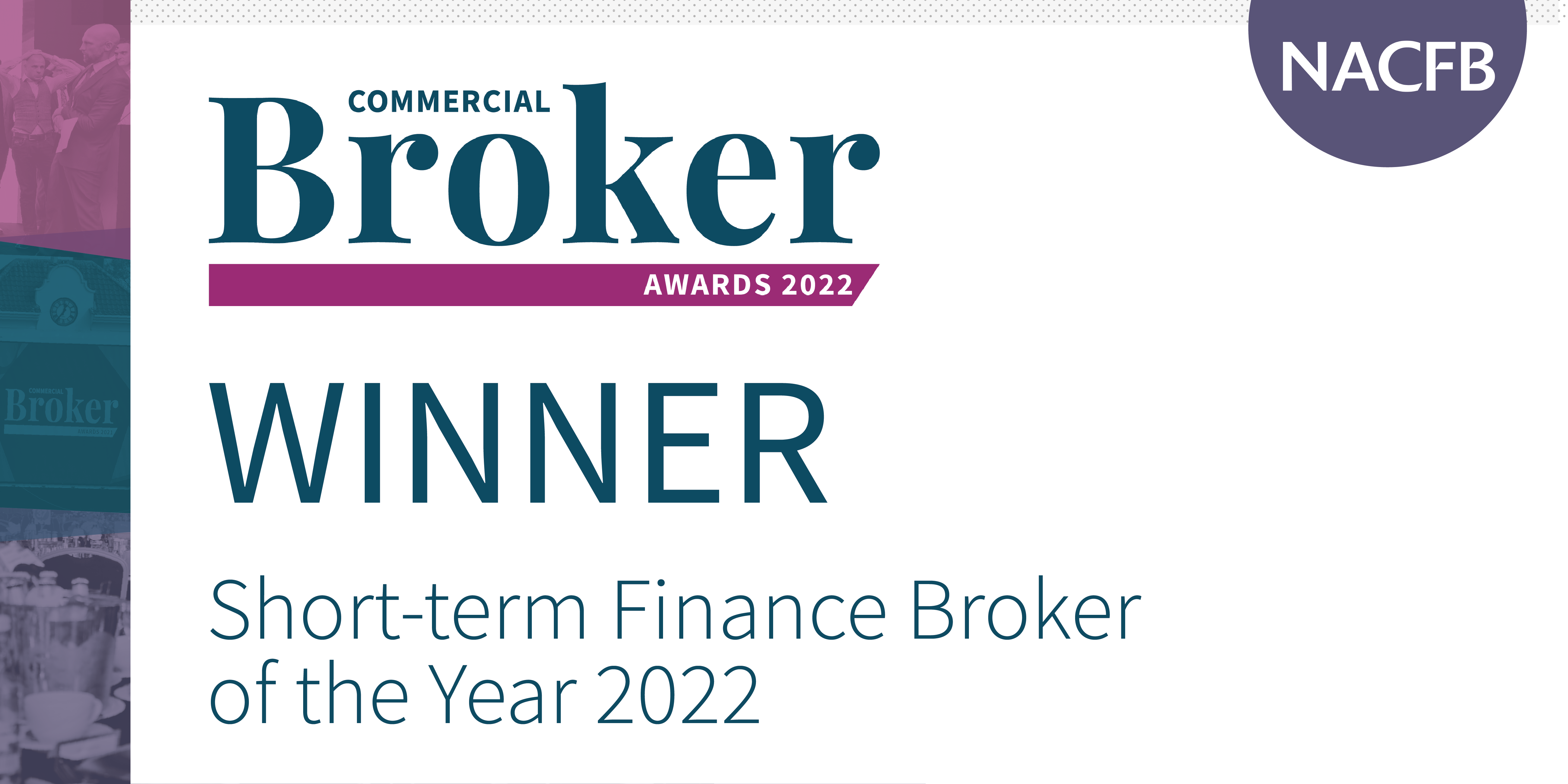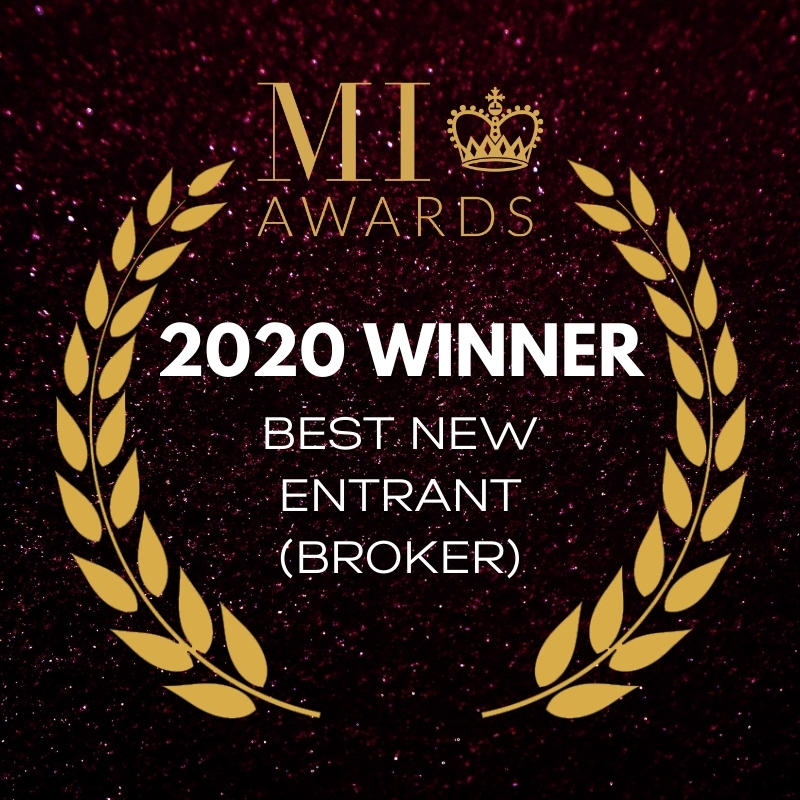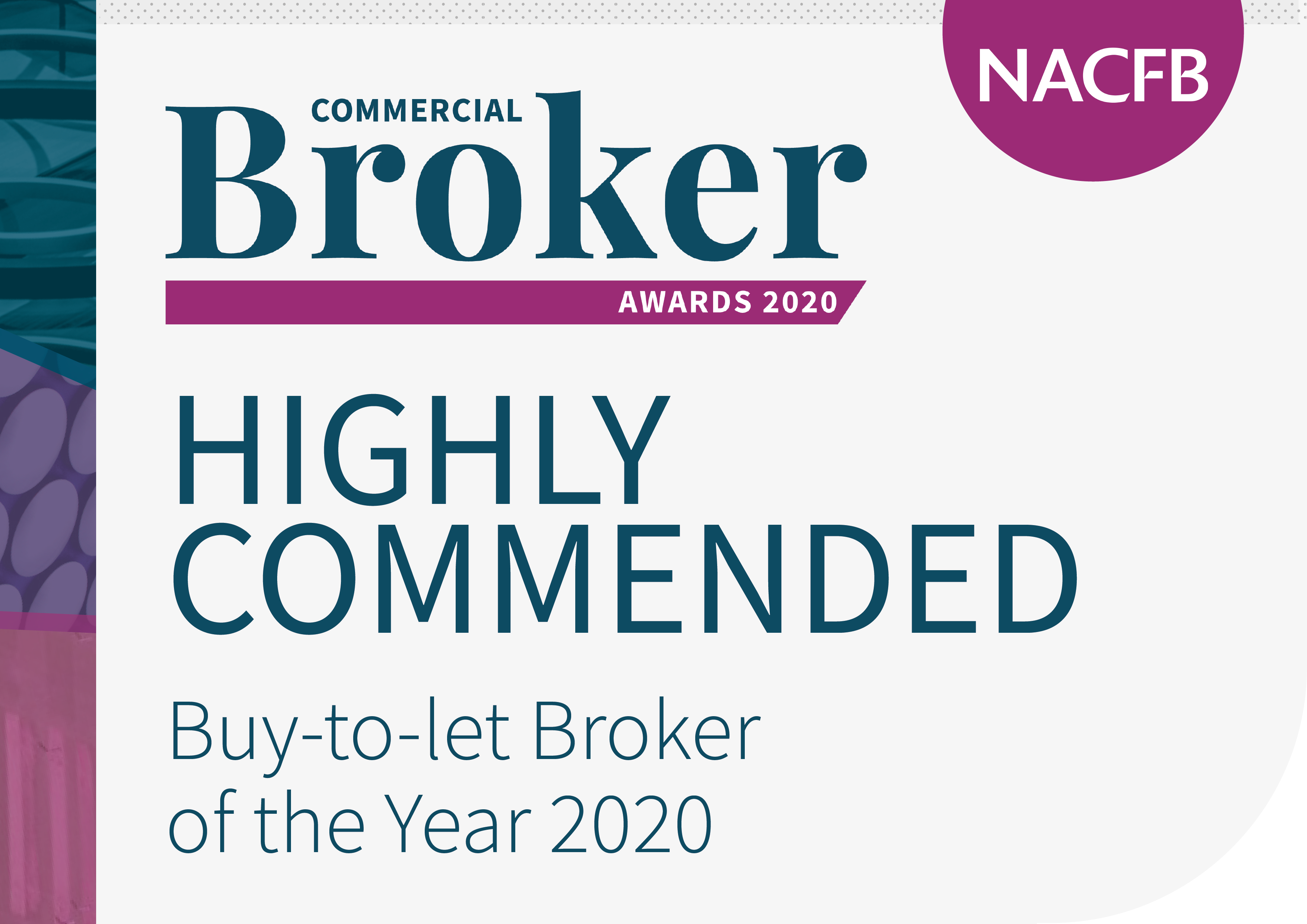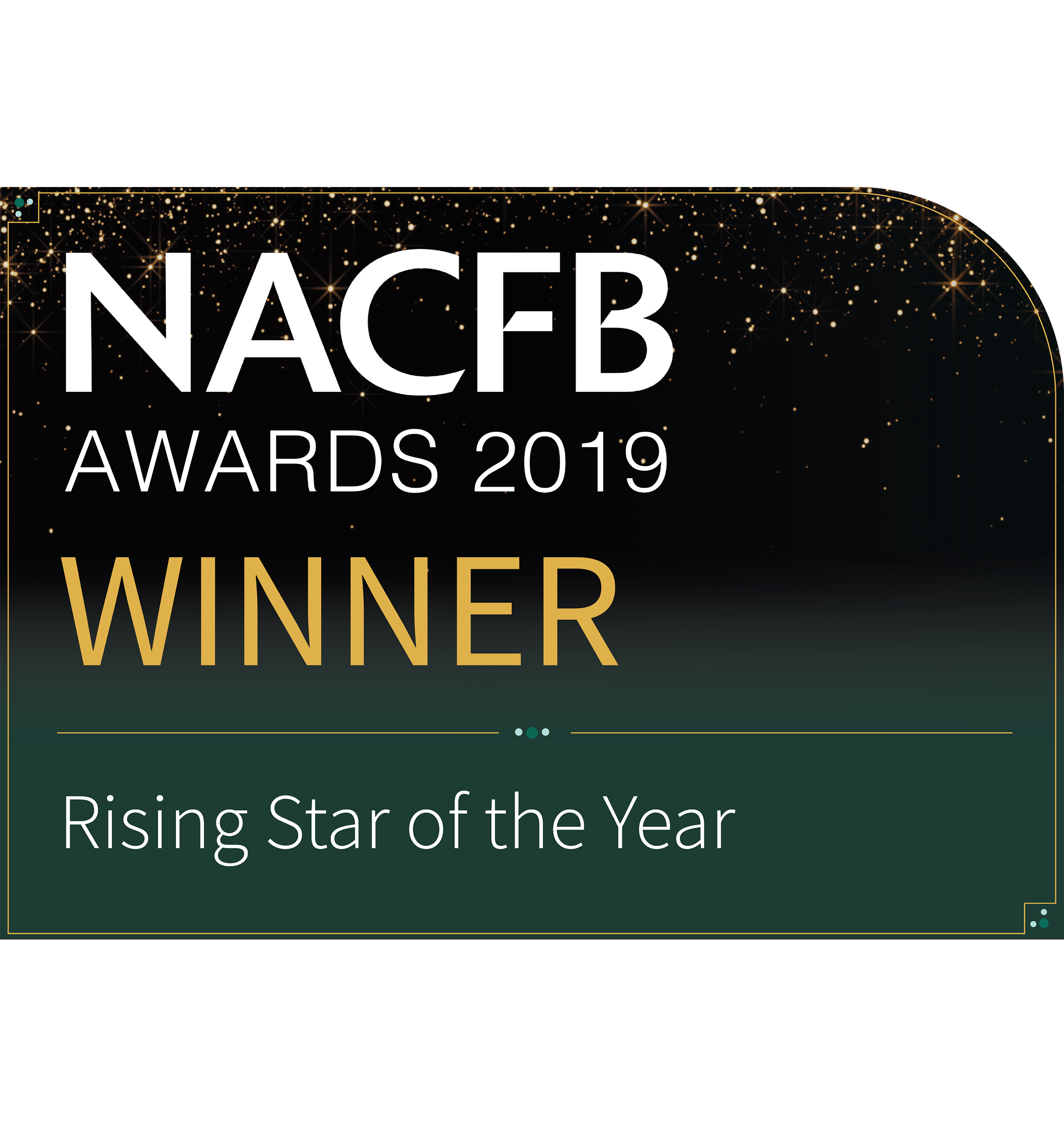In the fast-paced property investment sector, buy-to-let mortgages are key opportunities for investors and their advisors. At VIBE Finance, we understand the intricacies of these mortgages and the pivotal role they play in the UK’s property market. This blog seeks to clarify buy-to-let mortgages for intermediaries. It provides insights into their workings, benefits, and how to smoothly navigate the application process.
Understanding Buy-To-Let Mortgages
A buy-to-let mortgage is a financial product tailored for investors aiming to purchase properties with the intention of renting them out. This mortgage type stands apart from standard residential mortgages. The key difference is the lending criteria focus on potential rental income from the property, not just the borrower’s personal income.
This key difference is crucial for intermediaries. It shapes the advice and strategies they offer to clients. These clients may be entering or expanding in the property investment market. Intermediaries need to assess the property’s location and market demand. They also must look at rental yield forecasts. This ensures the investment matches the client’s financial goals.
Additionally, intermediaries must grasp the tax implications and regulatory requirements. Understanding market trends linked to buy-to-let properties is also crucial. This knowledge allows them to provide comprehensive and strategic advice.
This mortgage type allows investors to use property as an income or capital growth source. It is vital in many investment portfolios. Intermediaries are key in navigating buy-to-let mortgage complexities. They ensure clients make choices that boost returns and reduce risks.
The Role of Intermediaries
Intermediaries are crucial in the buy-to-let mortgage market. They link investors with suitable mortgage deals for their strategies. Your role goes beyond finding low interest rates. It involves examining lenders’ criteria and tax implications. You also study the UK property market’s changing trends. This thorough method matches investors with offers that are financially appealing. It also aligns with their long-term goals and risk profiles.
Intermediaries have a crucial role in managing complex regulations. They ensure investments are compliant and ready for growth. By providing tailored advice, they help investors make informed choices. This optimises portfolio performance in the buy-to-let sector. They tackle challenges and seize opportunities.
Your expertise and guidance are crucial. They help investors grasp their investment’s full range. This includes potential yields and occupancy rates. It also covers how laws affect their returns. Essentially, intermediaries are key to successful investment journeys. They offer market insight, financial skill, and strategic foresight.
Key Considerations for Intermediaries
- Rental Yield: It’s essential to ensure the investment property offers a competitive rental yield, as lenders typically require the rental income to exceed mortgage payments by a certain percentage.
- Client’s Investment Goals: Whether your client aims for long-term capital growth or immediate rental returns, aligning the mortgage product with their goals is paramount.
- Regulatory Landscape: Staying informed about changes in property tax, stamp duty, and other regulations affecting buy-to-let investments is vital for providing accurate advice.
Application Process
The application process for a buy-to-let mortgage is intricate, requiring careful property selection, thorough financial assessment, and meticulous documentation. Intermediaries are instrumental in navigating these steps, offering invaluable advice on strategies for successful approval. They ensure clients present a strong case to lenders, optimising the chances of securing favourable mortgage terms. This guidance is crucial in streamlining the application, making the journey towards investment property ownership as smooth and efficient as possible for investors.
FAQ Section
Q: Can first-time buyers get a buy-to-let mortgage?
A: Yes, though the criteria may be stricter, including higher deposit requirements and proof of income.
Q: Are there tax implications for buy-to-let properties?
A: Yes, landlords need to consider income tax on rental income, capital gains tax on property sales, and potential changes in stamp duty.
Q: How does the interest rate on buy-to-let mortgages compare to residential mortgages?
A: Interest rates on buy-to-let mortgages are typically higher, reflecting the higher risk associated with rental properties.
Further Reading and Resources
For a deeper dive into buy-to-let mortgages and their application in various financial strategies, intermediaries can explore our dedicated Buy-To-Let Intermediaries page.
Contact Us
For bespoke advice and to explore buy-to-let mortgage options for your clients, reach out to VIBE Finance. Our team is ready to support you every step of the way.
- Phone: 01329 277 599
- Email: [email protected]












